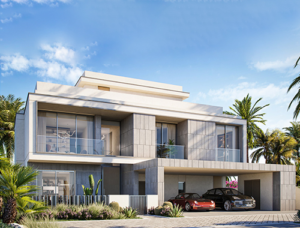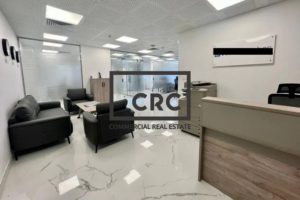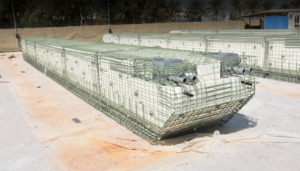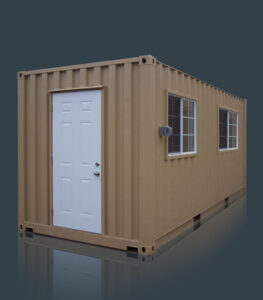Modified Containers: Affordable Housing Solution For Remote Locations
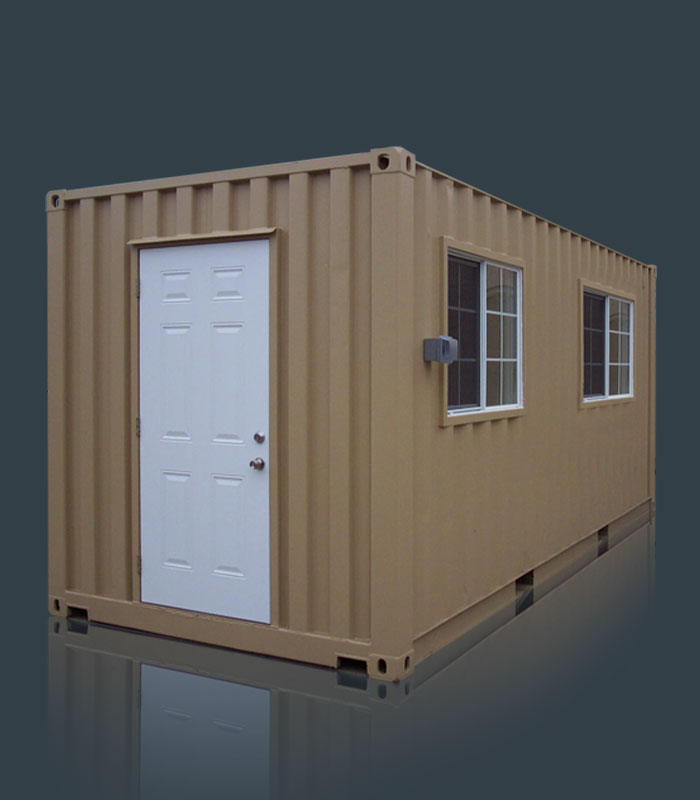
As populations continue to grow and urban areas become more densely populated, the demand for affordable housing solutions has never been more pressing. In remote locations where traditional construction methods may be impractical or costly, modified container KSA are emerging as a viable alternative. These repurposed shipping containers offer a versatile, cost-effective, and sustainable approach to providing housing in areas where conventional options are limited.
The versatility of modified containers
One of the key advantages of using modified containers for housing in remote locations is their versatility. These containers can be easily transported to virtually any location, whether it is a remote village in the mountains or an isolated island. Their modular design allows for customization to meet specific housing needs, whether it’s a single-family home, a multi-unit complex, or even temporary shelters for disaster relief efforts.
Cost-effectiveness
Traditional construction methods in remote locations often come with exorbitant costs due to logistical challenges and limited access to materials and skilled labor. In contrast, modified containers offer a cost-effective solution. The relatively low cost of acquiring and repurposing containers, combined with their ease of transport and assembly, makes them an attractive option for developers and communities with tight budgets.
Sustainability
In an era increasingly focused on environmental sustainability, repurposing shipping containers for housing aligns with the principles of recycling and reuse. By giving new life to containers that would otherwise be discarded, this approach helps reduce waste and minimize the environmental footprint of construction projects. Additionally, modifications can be made to containers to enhance their energy efficiency, further reducing their environmental impact.
Challenges and considerations
While modified containers offer numerous benefits for housing in remote locations, there are also challenges to consider. Insulation, ventilation, and structural reinforcement are essential considerations to ensure that containers are suitable for human habitation, especially in extreme climates. Additionally, regulatory hurdles and zoning restrictions may need to be addressed to ensure compliance with local building codes and regulations.
Several successful projects around the world demonstrate the prospective of modified containers as a housing solution for remote locations. From affordable housing developments in rural communities to eco-friendly resorts in remote wilderness areas, these projects showcase the versatility, affordability, and sustainability of container-based construction.

